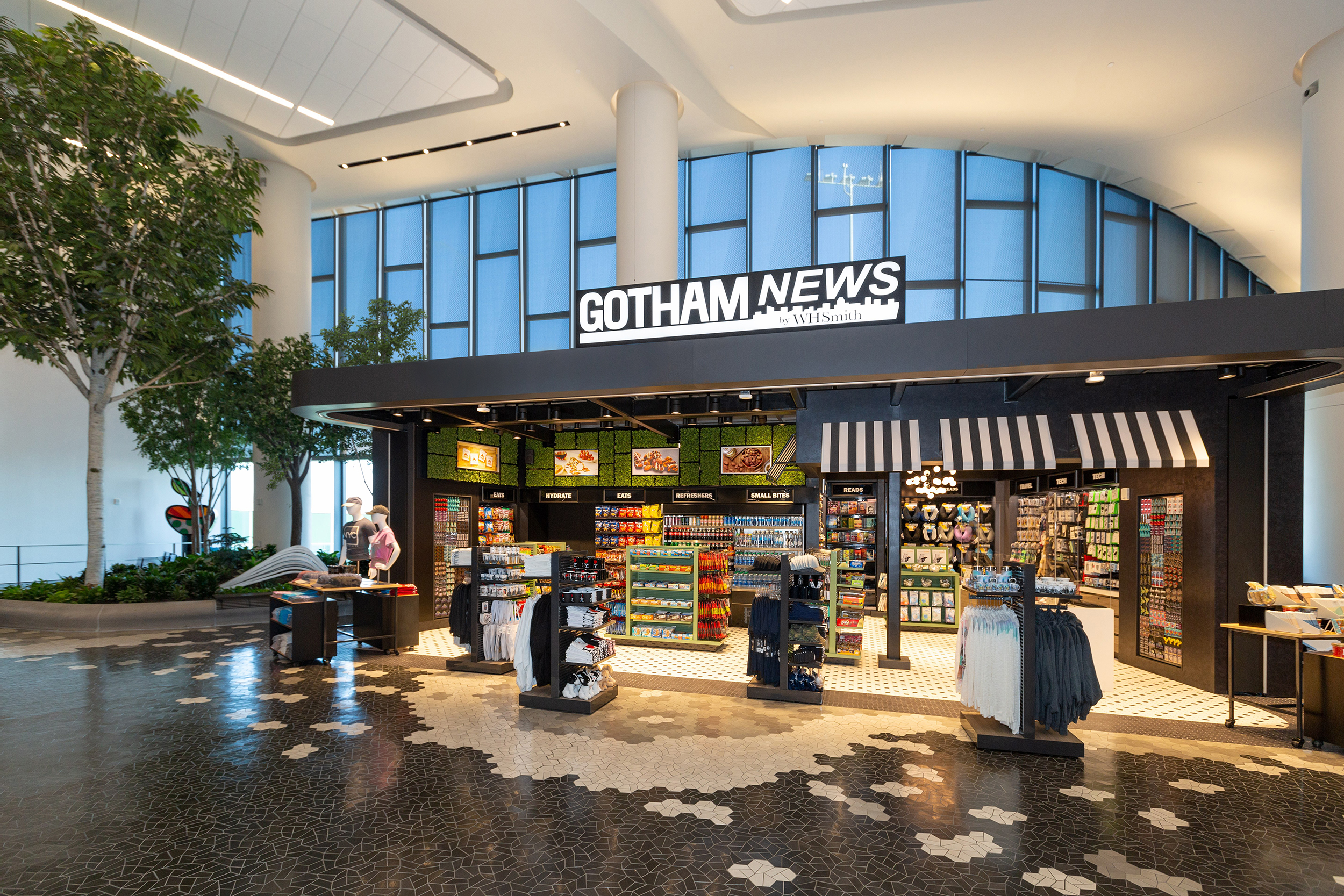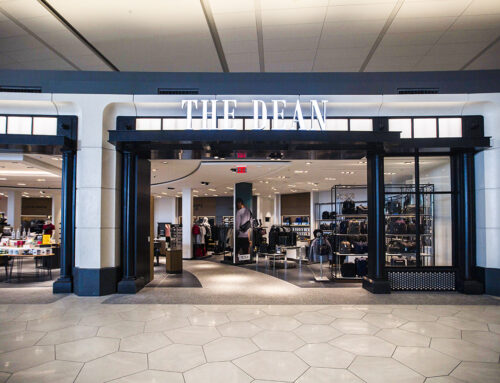Airports are busy, bustling places where travelers from all over the world come and go. They are also prime locations for retail businesses to set up shop, offering a captive audience for their products. However, designing and operating a retail space in an airport comes with its own unique set of challenges. This write-up explores how airport concession design differs from traditional retail, particularly in terms of limited stock, brand association, and customer demographics.
- Limited Stock of Best-Selling Items – One of the biggest challenges of designing an airport concession is the limited amount of back-of-house space available for storage. Retailers need to ensure that they have the right amount of stock on hand to meet the demands of their customers, but they also need to be mindful of the limited space available to store excess inventory. This means that airport retailers often have a smaller selection of items available compared to traditional retail stores. Also, product offerings need to be portable enough that customers can carry it with them. People need to carry the product with them; another key difference between airport concessions and traditional retail is that customers are limited by how much they can carry on. Customers may be more likely to purchase small, lightweight items that are easy to transport, such as travel-sized toiletries or souvenirs. Retailers need to be mindful of the weight and size of their products when designing their displays and product offerings.
- Airport retailers often focus on creating a showcase of their brand to entice customers to make purchases online due to the limited availability of stock in the store. The airport concession becomes a billboard for the brand, associating it with jet setters and travelers. This can lead to an increase in online purchases, as customers who are unable to purchase an item in-store may turn to the brand’s website to complete their purchase.
- Not All Brands Work in the Aviation Concession – It’s important for brands to understand that not all products are suitable for airport concessions. Some products may not even be allowed, such as items that are flammable or potentially dangerous. Luxury brands tend to do well in international terminals, where travelers may be more likely to indulge in high-end purchases.
- Brands Need to Be Aware of Their Customers – Customer demographics can vary greatly from airport to airport, and even within the same airport at different times of the year. Brands need to be aware of the needs and preferences of their customers in order to tailor their product offerings accordingly. For example, smoking lounges are still present in some southern airports, indicating that smoking is still a common habit among travelers in those regions.
Designing an airport concession requires a different approach compared to traditional retail, given the limited stock, brand association, and customer demographics. Retailers must be mindful of the unique challenges presented by the airport environment, such as limited storage space and restrictions on certain types of products. However, with the right strategies in place, airport concessions can be highly successful, offering travelers a convenient and enjoyable shopping experience.





